"Environmental thought" starts from the ability to observe a phenomenon and know how to make wider connections. A few experiences.
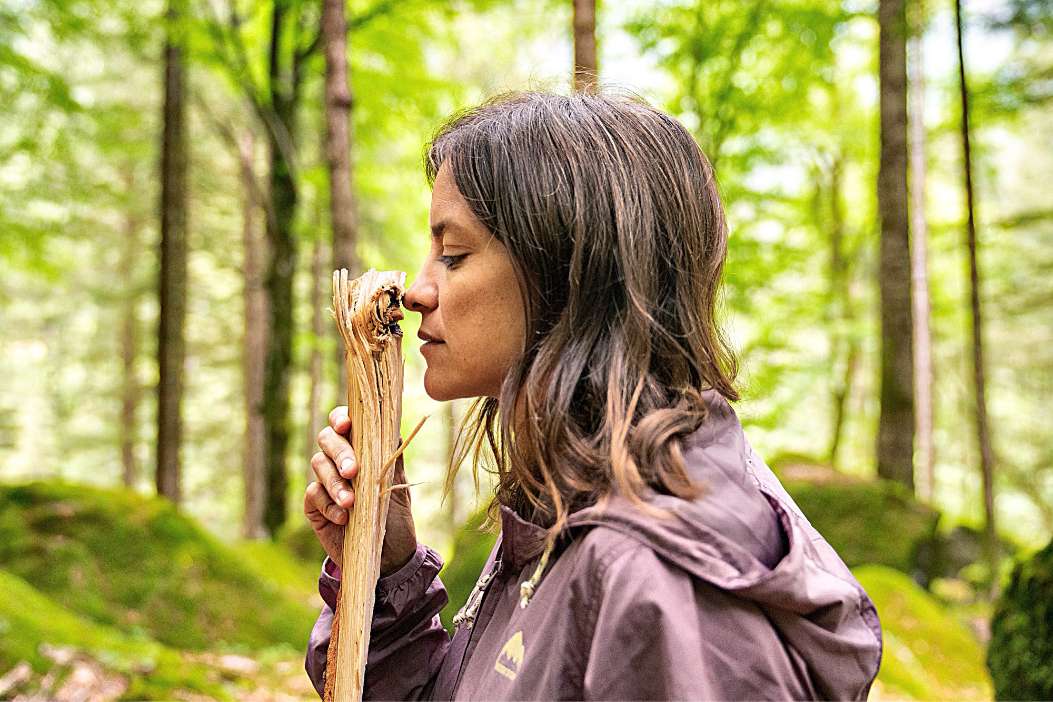
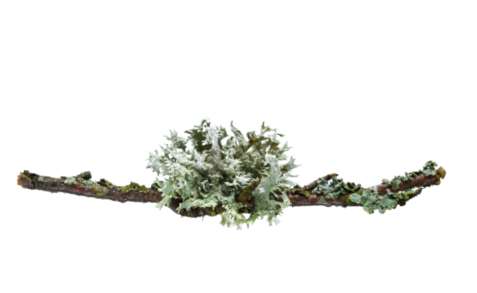
One of the most common questions that I get asked about my work is how I started, and what inspired me to embark on this type of journey, so unusual to most people. I reply sincerely, without over-romanticising, saying that it is something that has always been part of me, since I was a child, that for me is part of the very act of existing, and is deeply embedded in my heart and my roots.
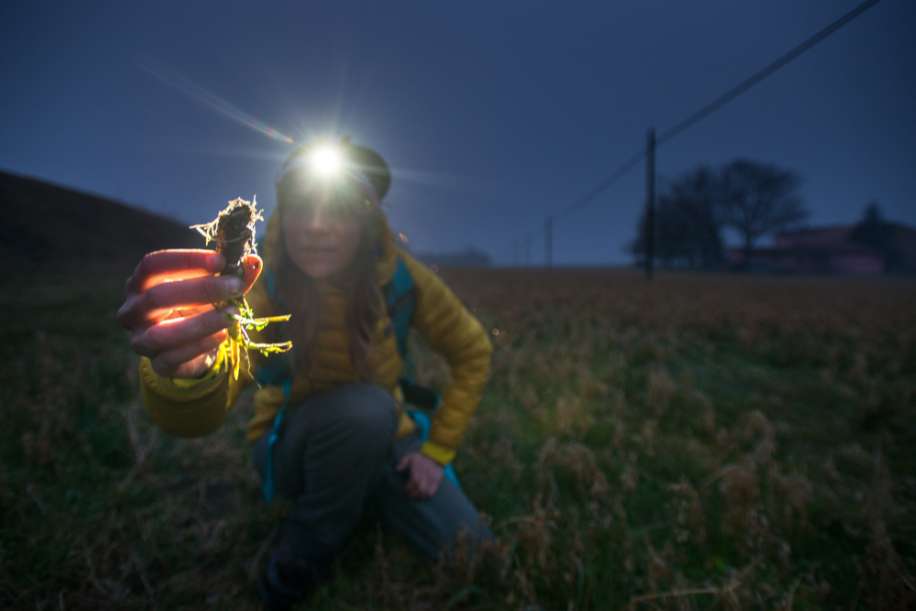
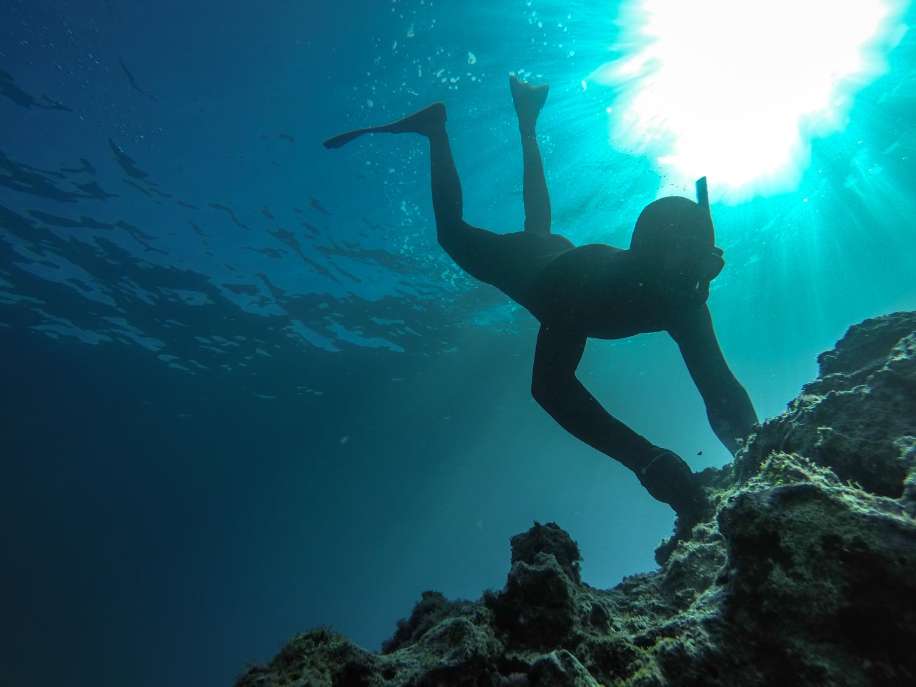
In truth, foraging is an inclination that has always been present in humans and animals. Man is born to gather food, and we remained this way until only a little over a century ago.
Today, the term identifies the activity of going to gather plants, or parts of them, molluscs from water or land, and insects suitable for human nutrition, in the most uncontaminated natural areas possible. When foraging was a common activity, knowledge about gathering was considered alimurgy, a real science that studied the possibilities for eating wild foods in periods of famine, poverty, by choice or through necessity. Until the end of the 1800s, the diet of the middle and lower classes was in large part made up of wild food. Wild ingredients, therefore, are an extremely important part of our cultural identity.
Restoring these techniques, continuing the cataloguing of ingredients from the wild and going beyond those already used in our traditions, analysing them again from a nutritional perspective, is a very contemporary choice to restore our identity and tradition. It is a vehicle for very current concepts such as food sustainability, cooperation, and protection of the environment. This is what we are doing at Wooding, the first Italian food lab, which I founded in 2010.
Wild food, if gathered conscientiously and knowledgeably, is food with zero impact on the environment, and can be considered a vast, immediately available form of subsistence.
Seriously taking on this discipline requires, above all else, knowing the environment, studying its ecosystems, the dynamics that move them, its ethnobotany, the territory, its botany and geography. This knowledge allows us to be respectful and cooperative with the environment. Acknowledging the possibility of using naturally growing food, and understanding the extent to which this is linked to our existence and the health of the planet, truly gives us the opportunity to be "connected".
In this sense, foraging becomes a method, or a pretext, for providing a conscious, active environmental education. Those who discover the mysteries of wild gathering change their entire attitude, because this discovery changes their way of looking at the world. One of the satisfactions of holding courses is seeing how the participants become more present and attentive, and live with more awareness of the present moment and their relationship with the environment. Two very important needs in this historical moment.
Becoming familiar with foraging therefore means learning to recognise a resource in the environment that can be used, but also doing it with total respect. What do we need more in the present day than this, in terms of creating more sustainable development?
I perfectly remember the first time I thought of putting the berries from some different conifer twigs in the frying pan. I must have been 6 or 7, and I was playing in the large garden of our house in the mountains, and it was natural to wonder if that bright-coloured plant matter might have the same inebriating, intense, aromatic flavour that my nostrils captured from the air as a smell. So, I started to fantasise and daydream, play-cooking, filling my saucepans with needles, bark, leaves, and even stones. A few days later, watching my grandmother, who came from the country, I realised that not only did she gather certain parts of the same plants, she was also using them to prepare lunch. From that day on, gathering plants became part of my daily life.
Growing up, I simply aligned my experiences as a young gatherer with my studies and my work as a mountain guide, dedicating myself to a continuous in-depth analysis of alimurgical sciences, and believing with conviction that this was the work I wanted to do: something that, above all else, could be considered useful for the planet, and that also deeply impassioned my spirit every day.
I always remember with gratitude that day when my love for the forest and its flavours opened the door to a world in which exploration, anthropology, cultural identity, geography, botany, protection of the environment, gastronomy and science all converge into a whole that is rational, necessary, thrilling and extremely relevant.
When we experiment with the use and conservation of the wild food available on the planet, we are communicating our very vision, our very intention to protect the environment.
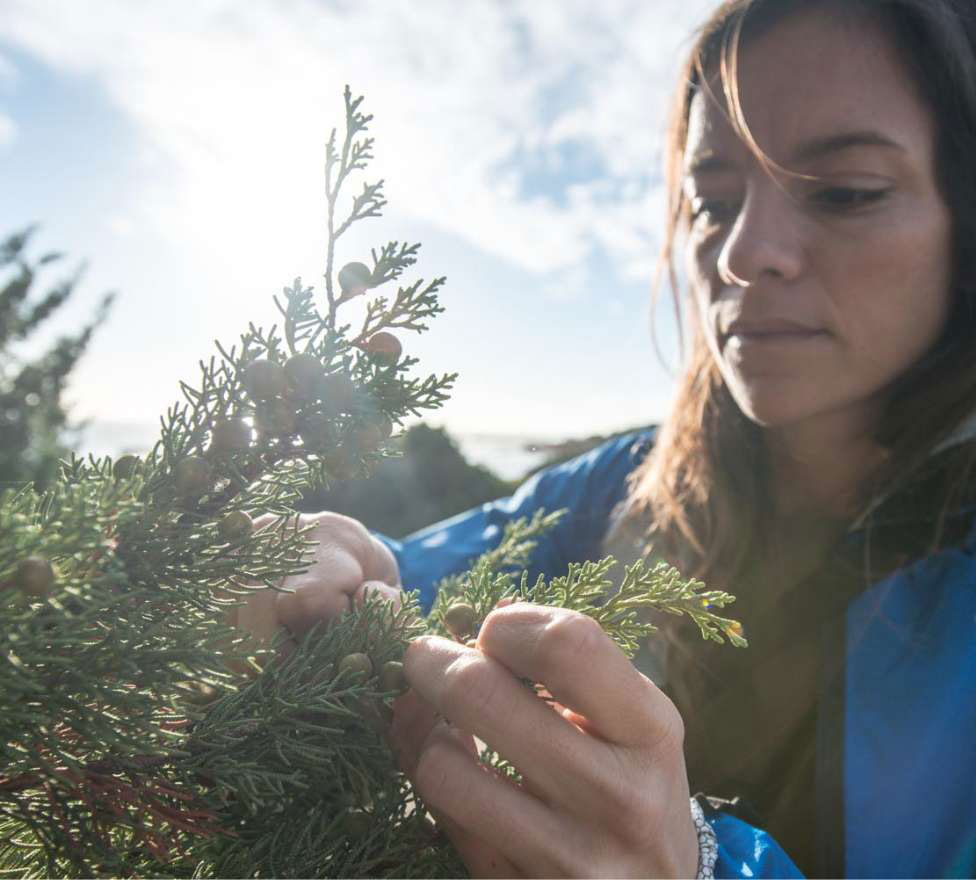
Images Credits:
© Isacco Emiliani
"Environmental thought" starts from the ability to observe a phenomenon and know how to make wider connections. A few experiences.
Creating art from Nature. The visionary ecstasy of the artist Nicola Magrin.
